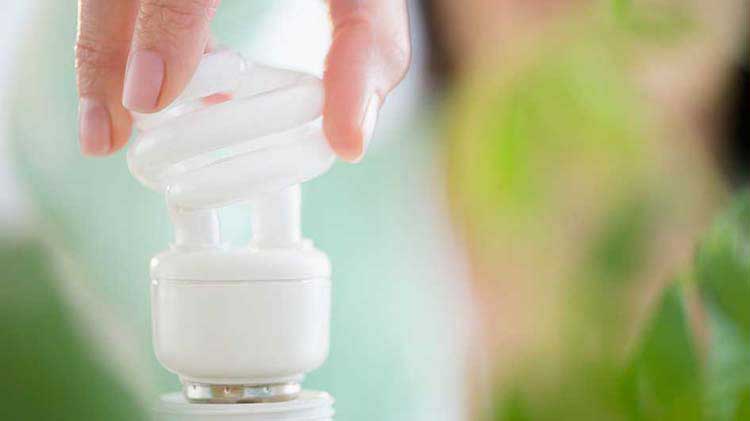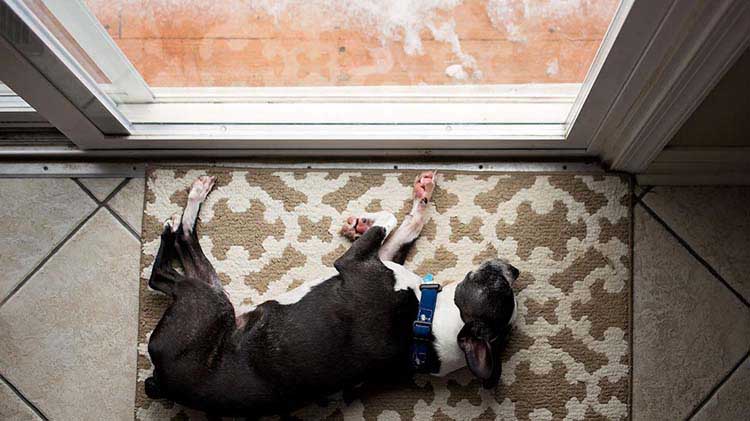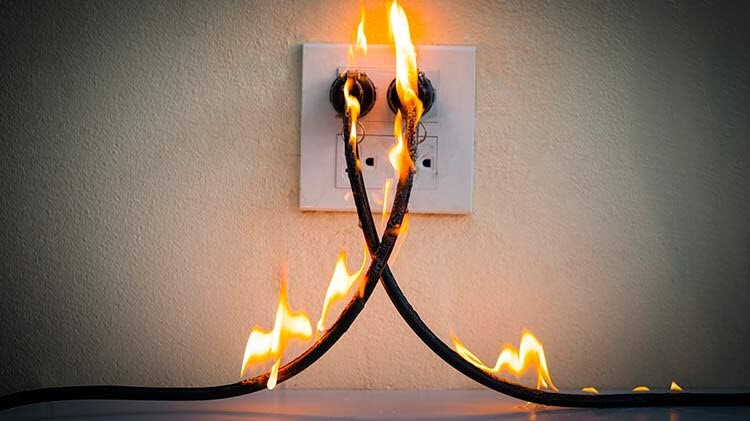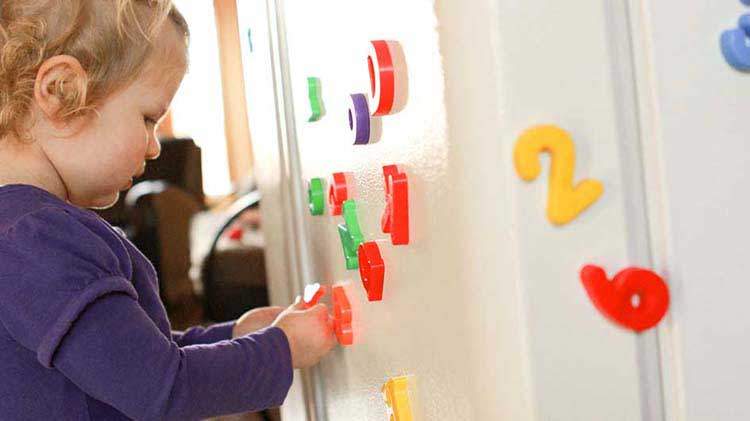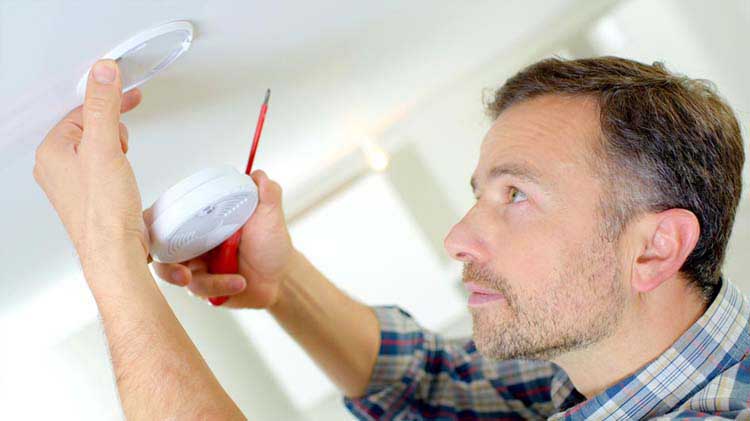Energy efficient light bulbs: What are the differences?
Standard incandescent bulbs are out. Three energy-efficient light bulbs — compact fluorescent bulbs (CFLs), light-emitting diodes (LEDs) and halogen incandescent — are in. And if you shop smart, these once-pricey energy-efficient options can pay for themselves pretty quickly. An average home has up to 40 light sockets. If LED bulbs replaced incandescent bulbs in all those sockets, over $100 could be saved per year.
LED vs. CFL
The most efficient light bulb is going to put out the most light with the least amount of energy used. Let's take a look at the differences between CFL and LED lighting.
Compact fluorescent lamps – CFL – are the most popular. They are a curly version of long tube fluorescent lights. They can last between eight and 10 years and usually pay for themselves in about nine months. These bulbs do contain mercury, which requires proper disposal for safety reasons. And most CFLs don't have dimmer functionality so check the package to see if it might be offered in the bulb you choose.
Light-emitting diodes – LED – convert electricity in to light and can last 40 to 50 years. Since these bulbs use much less wattage than CFL, they are much more energy efficient, which can then produce a cost savings. LED will emit warm or cool light, depending on your preference. And they tend to give off a bluer tint. LEDs offer lots of options – indoor, outdoor, pathway lighting, porch lights and even solar-powered outdoor lights.
And what about halogen lighting?
Halogen is in the incandescent family of lighting. Electricity enters the socket, travels to the internal filament and then heats up the filament to incandescence. They have a longer life span than other incandescent lights – 2,500 hours vs. 800-1,200 hours. All incandescent lights become very hot when lit. Halogen lighting is a little more efficient than incandescent bulbs but not as efficient as CFL or LED lighting.
Breaking it all down
- Label terms: Brightness (in lumens), life expectancy, estimated yearly energy costs, lamp color temperature (warm or cool light) and wattages are provided on the label of each bulb.
- Output: Get the most bang for your buck with bulbs that offer the brightness you want (measured in lumens) at the lowest wattage.
- Fit: Some energy-efficient bulbs have different shapes than you may be used to. Look at your old bulbs and get new ones that will fit inside the shade, sconce or glass of your fixtures.
- Color temperature: Consider the function of each light fixture. Is it used for task lighting or overall ambience? The number of Kelvins (K), which measures light color, will help you determine which bulb is appropriate. A higher number (more than 5,000K) emits cool colors reminiscent of daylight, while lower numbers (starting at 2,700K) supply a warm, ambient glow similar to standard incandescents.
Discover more ways to establish new habits and apply home energy upgrades that might lead to saving more.
